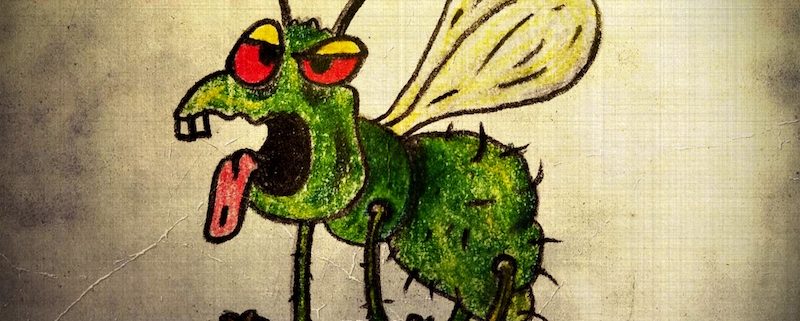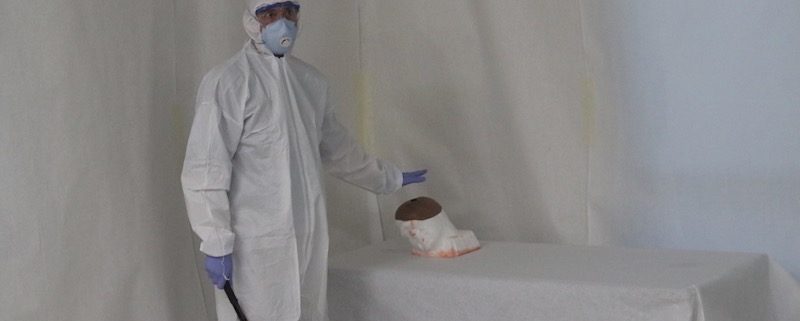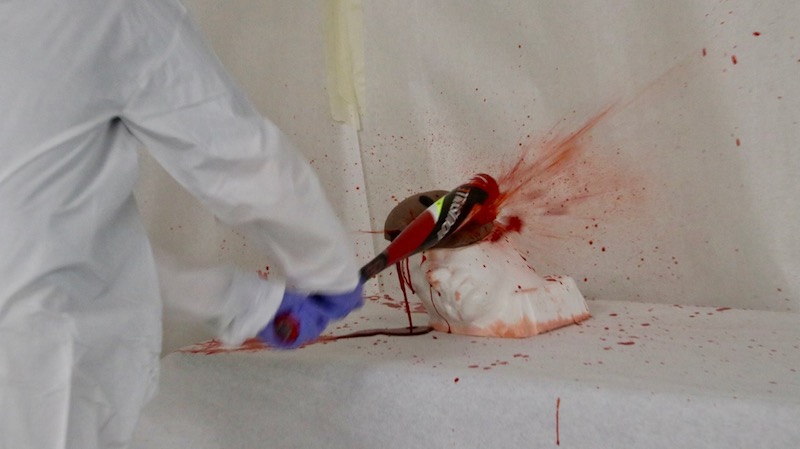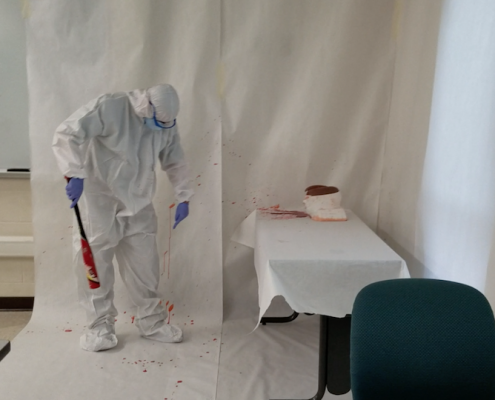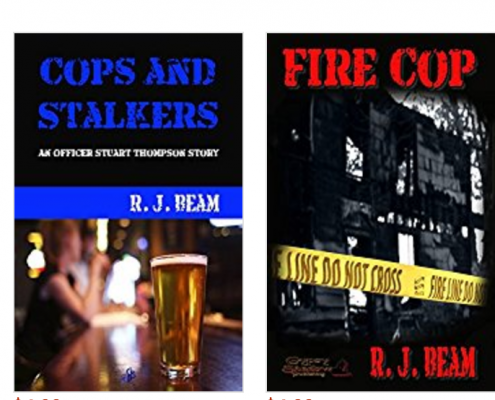Homicide investigations are the crème de la crème of all investigations.
To solve a murder, investigators use all available resources. No sparing of the horses. Sometimes it’s a race to catch the killer before he strikes again. But detectives must still use caution and care when evaluating and examining all evidence, including the crime scene.
To maintain order, and to prevent disaster in court, detectives and other crime-scene investigators follow a mental checklist of things to do at a murder scene. Some use an actual written guideline. The list is actually a series of common sense questions that need to be answered before moving to the next stage of the investigation.
Crime Scene Dos and Don’ts – Click here.
Investigators should always determine what, if anything, has changed since the first responders arrived. Did the officers turn lights on or off? Did they move the body to check for signs of life? Did anyone else enter or leave the scene?
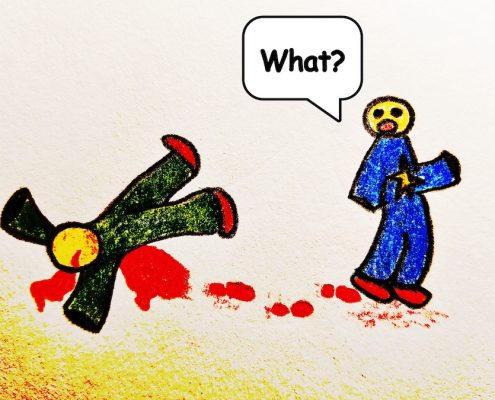
Crime Scenes … Watch Your Step!
Did the patrol guys open or close windows and doors? Did they walk through blood or other body fluids?
Crime-scene searches must be methodical and quite thorough. Every single surface, nook, and cranny must be examined for evidence, including ceilings, walls, doors, light switches, thermostats, door knobs, etc. Not only are they searching for clues and evidence, they’re looking for things that aren’t there, such as a missing knife, jewelry, or even the family car. Did the suspect take anything that could be traced back to the victim? Where would the killer take the items? To a pawn shop? Home? Toss them in a nearby dumpster?
Investigators must determine if the body has been moved by the suspect. Are there drag marks? Smeared body fluids? Transfer prints? Is there any blood in other areas of the scene? Is fixed lividity on the wrong side of the body, indicating that it had been moved after death
Does the victim exhibit signs of a struggle? Are there defensive wounds present on the palms of the hands and forearms?
Is there significant blood spatter? Is there high-velocity spatter? Did flies cause false spatter?
What is the point of impact? Where was the shooter standing when he delivered the fatal blow, or shot. Are insects present? If so, what types, and at which stage of their lives?
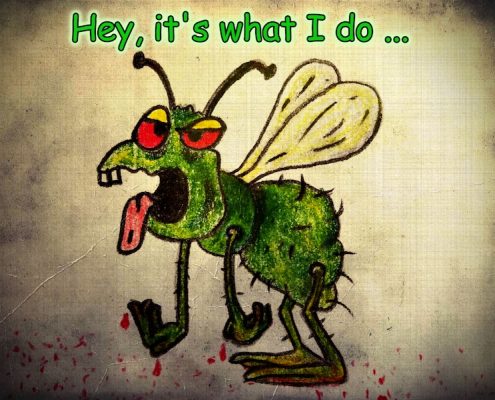
False spatter – “Hey, it’s what I do,” said the fly.
Once the detective is satisfied that all the checklist questions have been answered she can then move on to the next phase of the murder investigation, collecting physical evidence.

